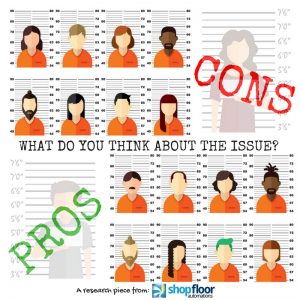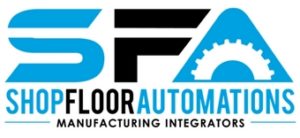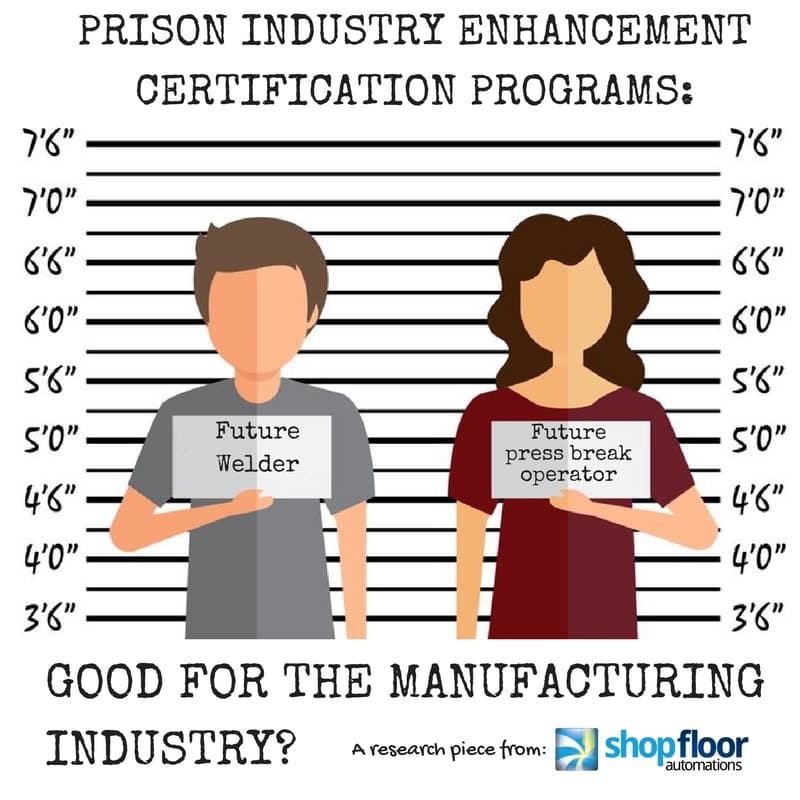Prison Industry Enhancement Certification Program
Prison Industry Enhancement Certification Program
America is the land of opportunity and the Prison Industry Enhancement Certification Program (PIECP) is an unconventional example of this ideal.
Those who are behind bars will have opportunities through this program to gain skills that will land them stable jobs and do something productive while incarcerated. There can be mixed feelings about this program, though.
Here are five basic things to know about PIECP, before going forward:
#1 – It was created by Congress in 1979 with the goal of having inmates contribute to society while offsetting the cost of their incarceration, as well as to pay back the crime victims and support their families. Source
#2 – Other than monetary reasons, the program was created not only to reduce prison idleness but to increase job skills for those in prison so they have a good transition upon release and help the economy by filling jobs.
#3 – The only prisoners who are allowed to participate in the program are in State prisons (not Federal prison), are medically able to participate, and have minimum disciplinary records while serving time. Only minimum or medium security level prisons may participate in this program and the only prisoners who take part in PIECP volunteer to do so. Source
#4 – The program also helps with reincarceration rates, since the prisoners who underwent this training and transitioned properly out of prison had non-arrest rates ranging from 60% to 93% meaning more than half of the participants who were monitored did not return to prison. Source
#5 – These programs help to offset the cost to taxpayers of running prisons, as well as helping prisoners not bounce back into jail to eat up further resources. Information varies from source to source, but via this 2010 study, State contributions via taxes to help run prisons can be as low as $58,065 (total annually from taxpayers in North Dakota) all the way up to $7,932,388 (total annually from taxpayers in California). With inflation and prison populations growing over the years, these amounts have no doubt changed. Source 1 & Source 2
Check out the rest of the story!

Yes, license plates are among the many products prisoners make, plus office furniture, clothes, judge’s benches, dorm room furniture, and other items used in government buildings. Prisoners can also gain skills in metalworking (notably welding).
With the manufacturing industry experiencing a heavy job skills gap for experienced workers, could these prison work programs be a good solution? There could be some who feel that the prisoners are getting a handout and are being rewarded for bad behavior. There could also be employers who are hesitant to hire someone with a criminal background, despite how hard they worked in these prison programs. The list of negative viewpoints on this program can likely keep going.
What do you think? Do you think PIECP helps the taxpayers, assists crime victims, and rehabilitates prisoners? Or do you think this is too idyllic of a program to have a big impact on the MFG industry or even society?
Are you seeking out solutions for better OEE, lean manufacturing, and more productivity? Contact us at (877) 611-5825 or fill out a Sales contact form.

